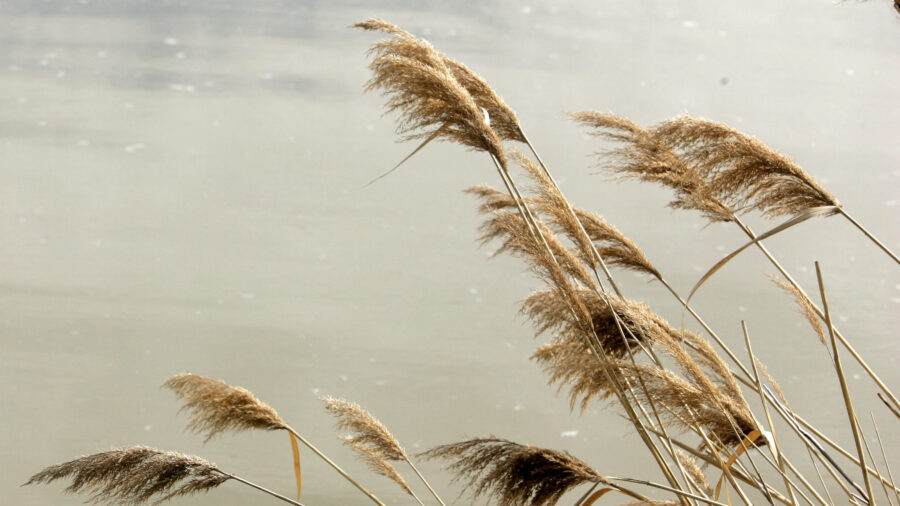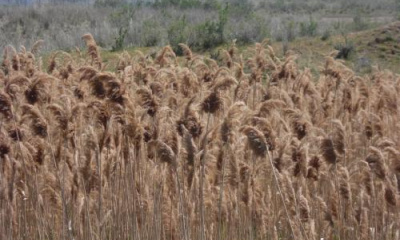SALT LAKE CITY — As water managers watch the Great Salt Lake rise, they’re still battling the invasive phragmites on the Great Salt Lake shoreline.
And, Ben Stireman with the Division of Forestry Fire and State Lands says he thinks the lower water levels in the lake can help them get a hold of the phragmites, an invasive water-sucking weed.
“When the plants are healthy, they take on that herbicide a lot better,” Stireman said. “So in some cases, we treat less when the water is low.”
Phragmites have been causing problems along the lake’s shorelines since the 1980s. Joel Ferry, the Executive Director of the Department of Natural Resources says he has no issue getting rid of them because they don’t have a benefit.
“They grow so thick, (they) actually push out other beneficial vegetation, more native vegetation that we have around the lake,” Ferry said.
Officials say phragmites are most commonly found near Bear River Bay and Farmington Bay. They’re also in Utah Lake.
Stireman feels confident his team will be able to efficiently tackle the phragmites this year.
“I think we can get it to a manageable level … that really gets the desired effect and returns the ecosystem back into those native populations of vegetation,” Stireman said. “We’ve had great success on Utah Lake, we’re having great success on Great Salt Lake.
“It just takes time.”









